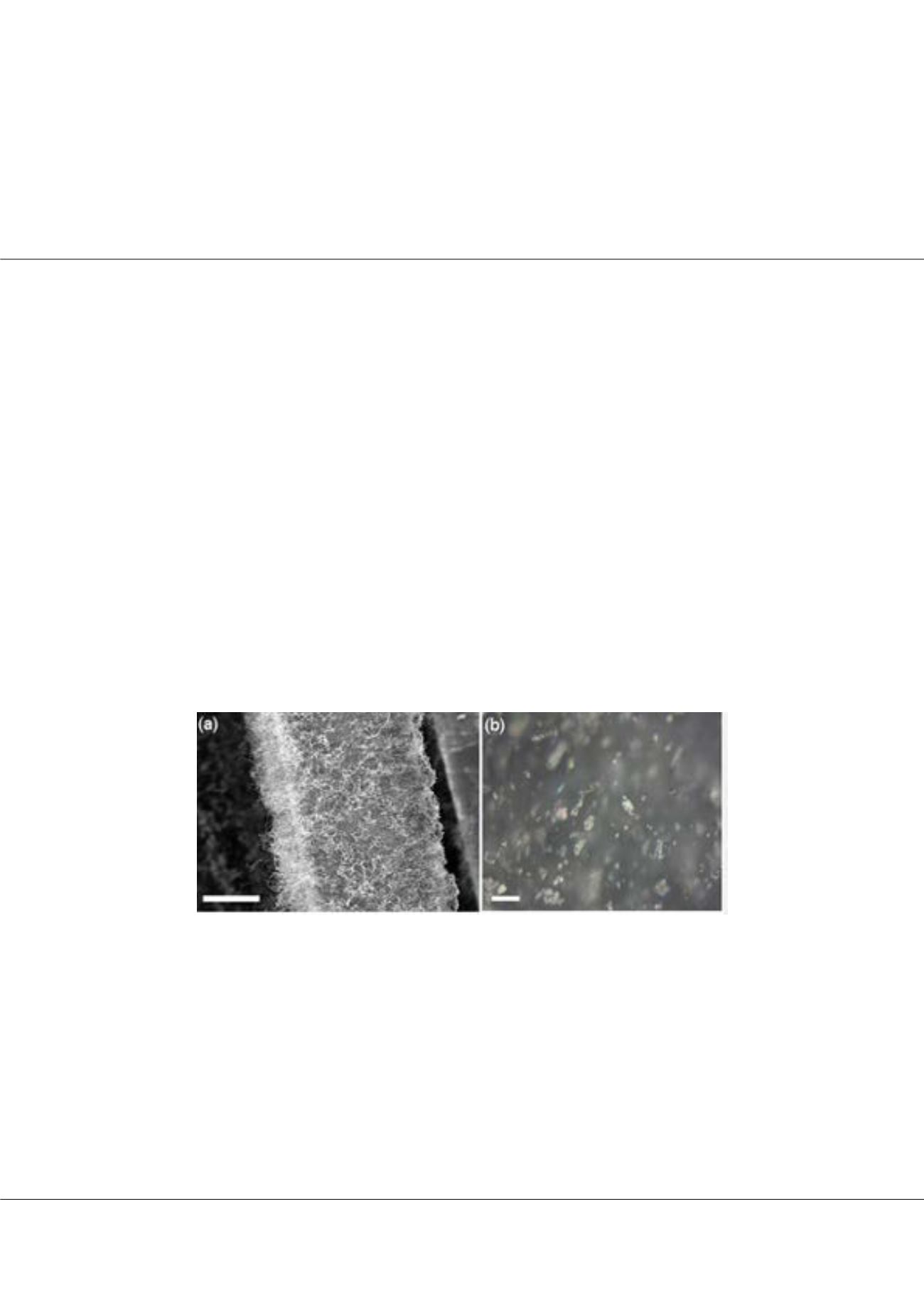

Page 34
conferenceseries
.com
RRJOMS | Volume 5 | Issue 4 | July, 2017
July 27-29, 2017 Vancouver, Canada
10
th
International Conference on
Emerging Materials and Nanotechnology
Nanocarbon composites for mechanical and barrier applications
Ken Bosnick
National Research Council Canada, Canada
N
anoscale allotropes of carbon, including carbon nanotubes (CNTs) and graphene nanoplatelets (GNPs), show a great deal of
promise as functional fillers in nanocomposite materials. The extreme linear aspect ratios, strong sp
2
carbon bonds, and high
chemical stability all contribute to making CNTs ideal reinforcement fillers for mechanical applications. Conversely, the high aspect
ratio planar nature of graphene and GNPs, along with their high impermeabilities, suggests applications as barrier materials. In this
talk, we discuss our work on CNT – aluminum oxide (AO) composites for mechanical applications, including as ballistic armour,
and GNP – polymer composites for high barrier applications, including oxygen barriers for food packaging and anti-corrosion
coatings. CNT – AO hybrid structures are produced by depositing CNTs as conformal coatings on various AO materials, including
powders and fabrics. The deposition is carried out in a large-volume chemical vapor deposition reactor, following a conformal catalyst
deposition from solution or via an atomic layer deposition process. The CNT – AO hybrids are sintered into composite materials
under high pressure and characterized for mechanical enhancements. Increase in fracture toughness of as high as 71% have been
found from these CNT – AO composites. GNP materials are melt-processed with polyethylene (PE) and extruded into packaging
films, which are characterized for their oxygen transmission rates. It is found that the GNP – PE films show comparable oxygen
transmission rates to the neat PE films, indicating that further processing will be necessary to realize the desired enhancements. The
GNP materials are also solution processed with epoxy (EP), cast onto steel substrates, and cured to form coatings. The efficacy of these
coatings as anti-corrosion barriers is established by electrochemical and salt-fog corrosion tests. Early results suggest that the GNPs
are enhancing the anti-corrosion performance of the EP films.
Biography
Ken Bosnick is a Research Officer with the National Research Council (NRC) at the National Institute for Nanotechnology (NINT) in Edmonton, Canada. He is
currently leading or contributing to a number of projects involving nanocomposites. He is leading a large cross-NRC collaborative project through NINT aimed at
producing high-performing barrier films, such as for food packaging and anti-corrosion coating applications, by processing graphenic and cellulosic nanomaterials
with polymers. He is also leading a smaller project at NINT concerned with producing smart materials capable of sensing meat spoilage. For the Security Materials
Technology Program, he is developing new carbon nanotube/ceramic hybrids for processing into ceramic composites for armour applications, including conformal
metallic catalyst deposition by atomic layer and chemical vapor techniques.
ken.bosnick@nrc.caKen Bosnick, Res. Rev. J Mat. Sci. 2017
DOI: 10.4172/2321-6212-C1-002
















